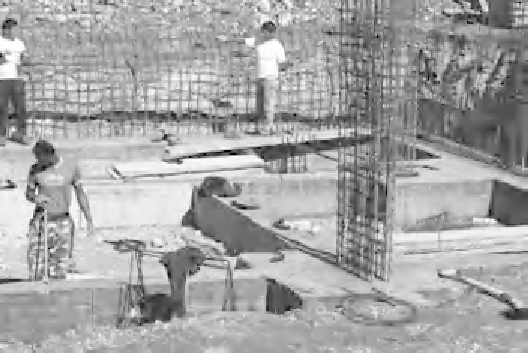Geology Reference
In-Depth Information
mass conditions and identifying any geological structures that might
need speci
c attention, as discussed later. The decisions taken will
often have cost as well as safety implications. Usually, measures
installed to allow safe working will be ignored when designing
and constructing permanent liner support, but in some tunnels there
is no permanent lining so the temporary measures also become perma-
nent works. In the latter case, the materials and workmanship will be
speci
ed accordingly and as appropriate to the design life of the
project. Close supervision will be required on site to ensure that the
speci
ed requirements are met and the quality of the works is not
compromised.
Foundations are the interface between a building and the ground
and transfer loads from the building to the underlying soil and
rock. Detailed and practical guidance on foundation design and
construction issues is given by Tomlinson (2001). Wyllie (1999)
deals speci
cally with foundations on rock. If ground conditions
are suitable, then shallow foundations are used because of cost
considerations. These include strip footings beneath the walls of a
house
(Figure 6.3)
, pads beneath columns for a steel or concrete-
framed structure, or a raft supporting several loading columns and
walls.
For traditional design involving a single Factor of Safety, which is
probably the easiest
to understand and still employed as the
Figure 6.3
Concrete strip
foundations on
weathered
limestone for a
house, Portugal.

